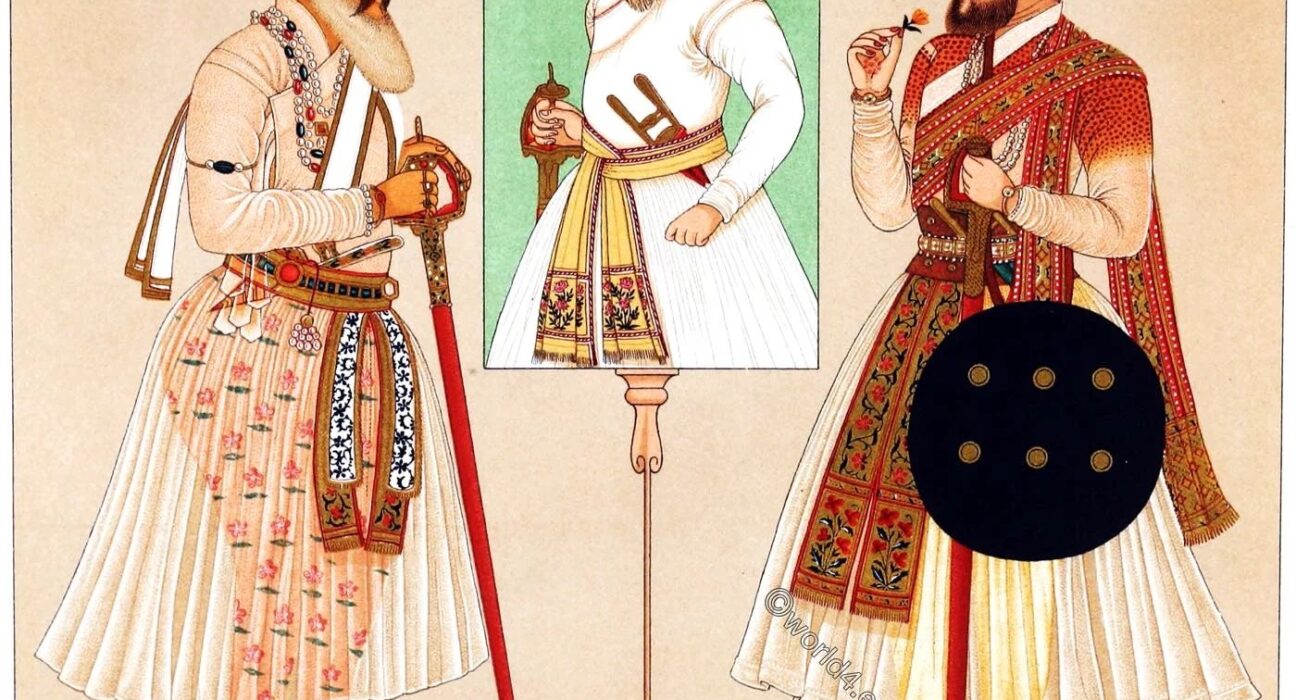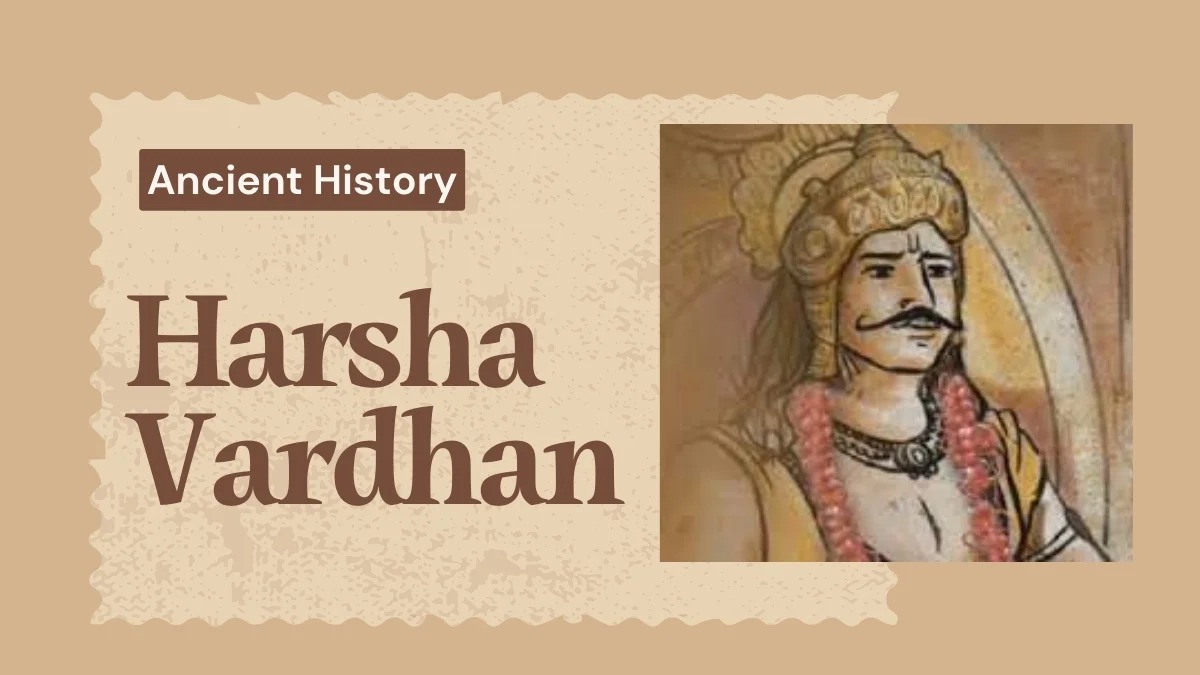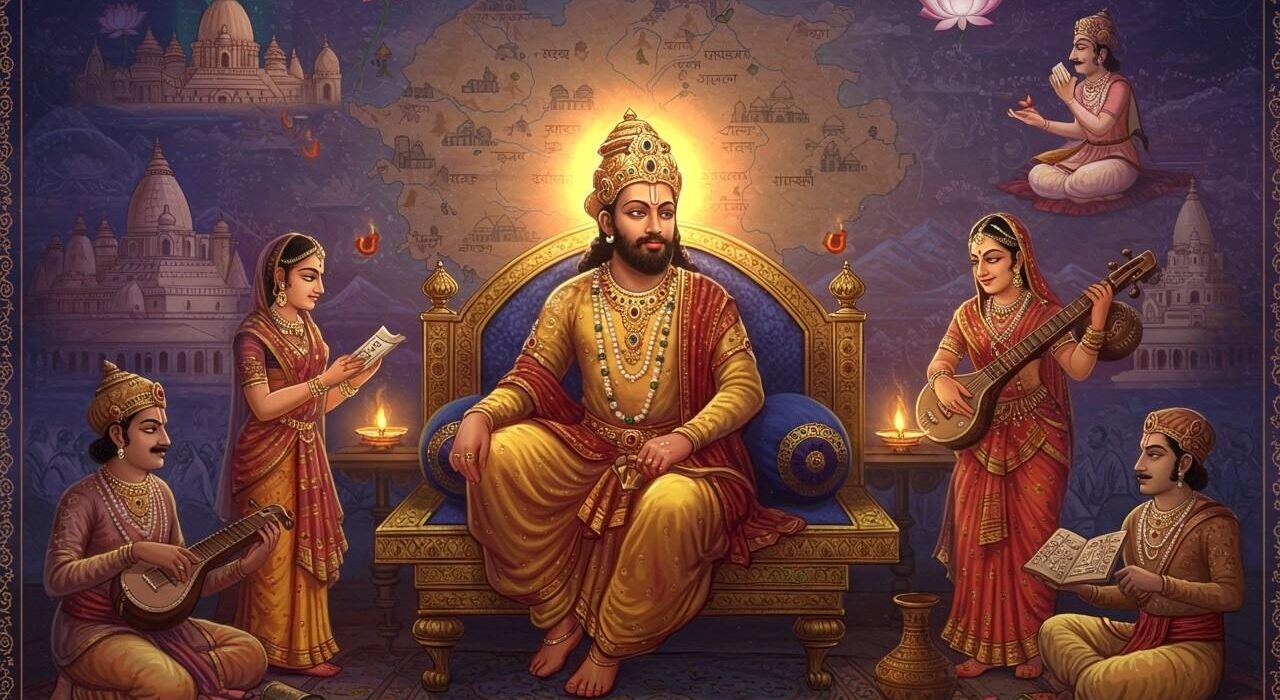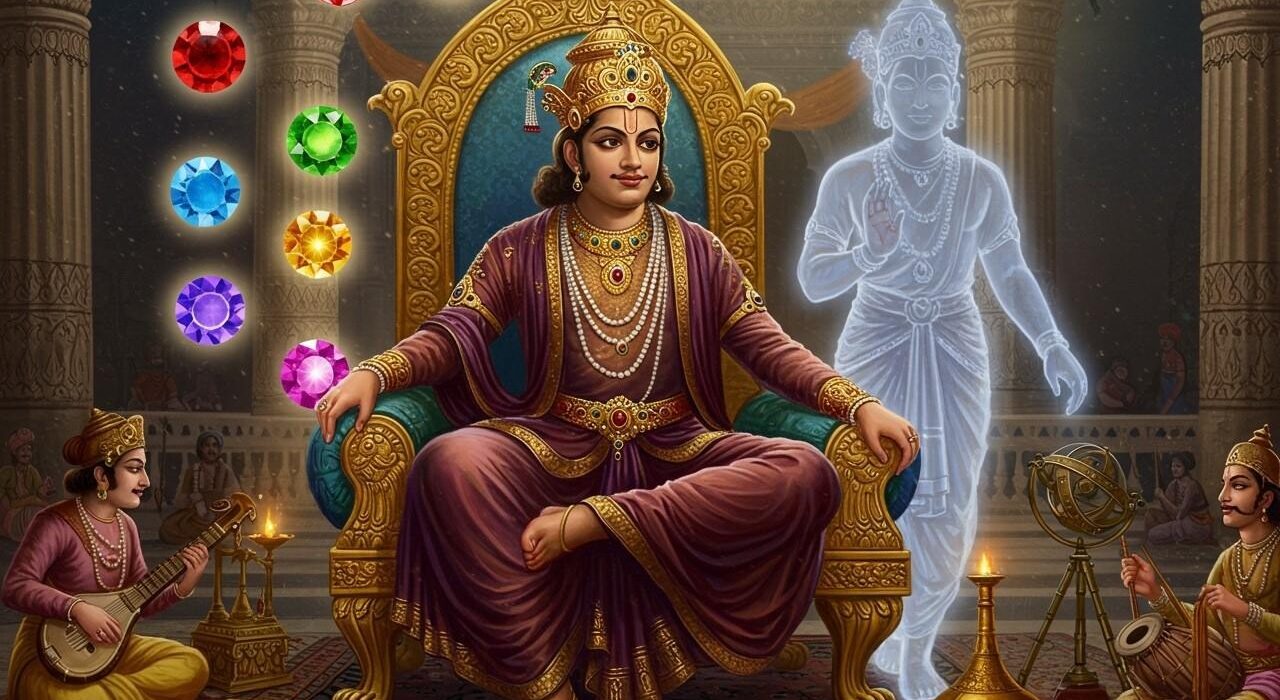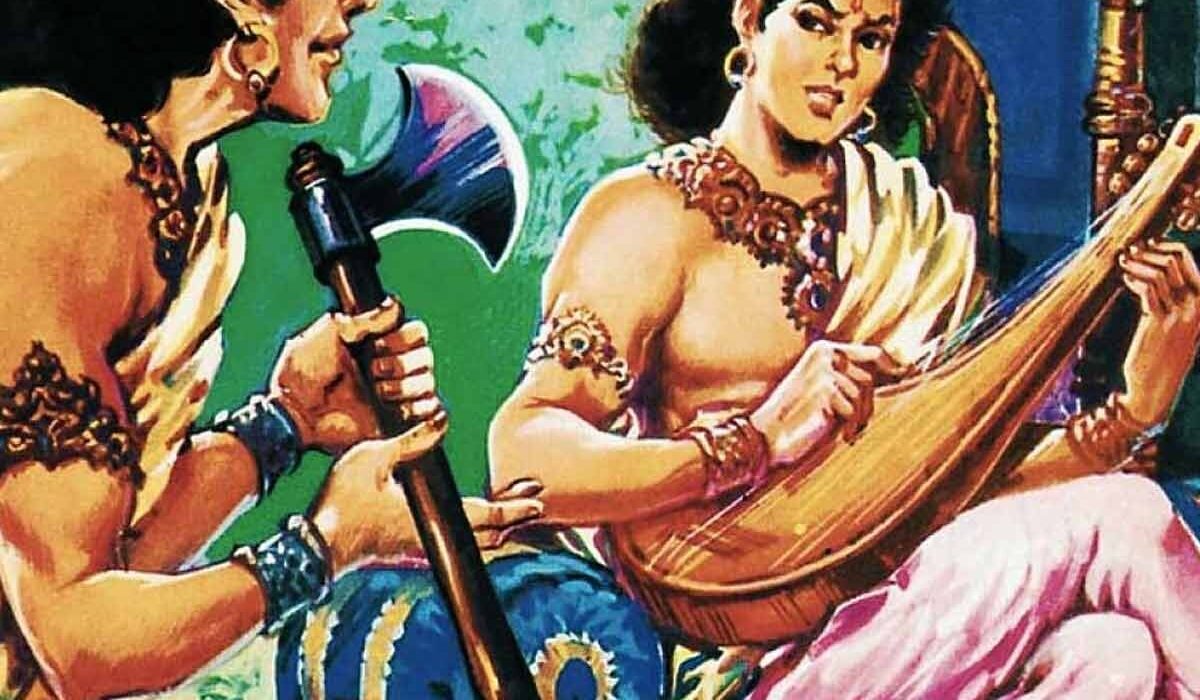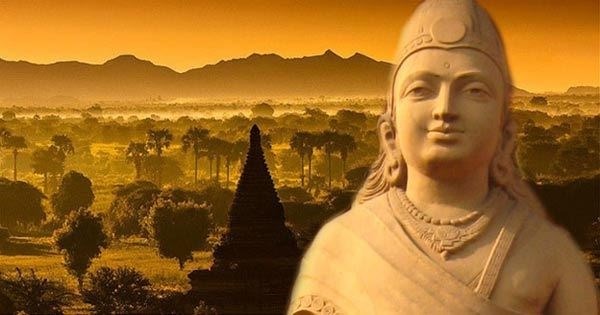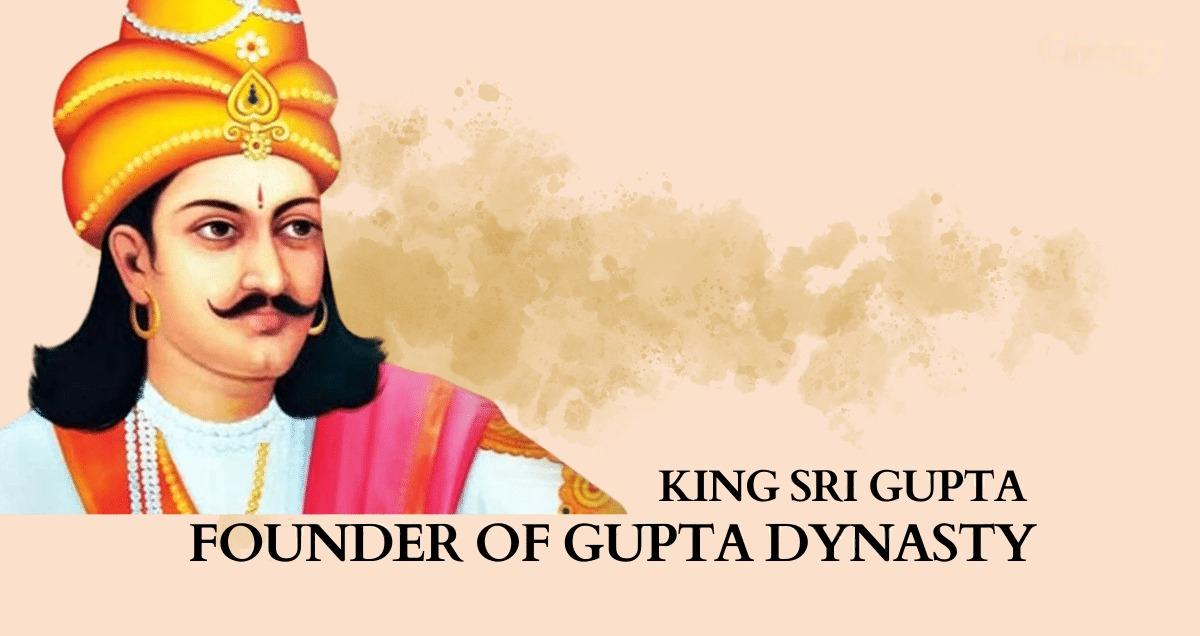राजपूत साम्राज्य
The period between the 8th and 12th centuries CE marks the rise and dominance of the Rajput kingdoms across North and Western India. This era, often called the Early Medieval period, saw dozens of independent and semi-independent principalities, led mainly by warrior clans identified as Rajputs. Distinct in their feudal structure, martial ethos, and cultural patronage,

